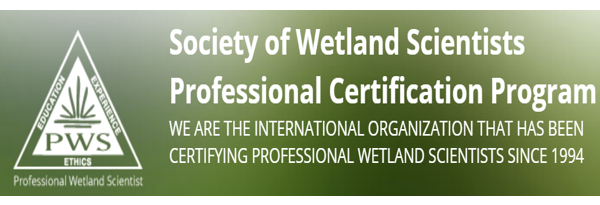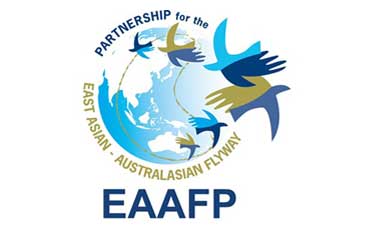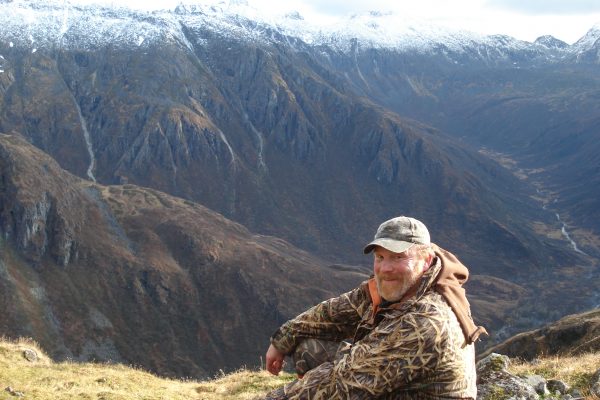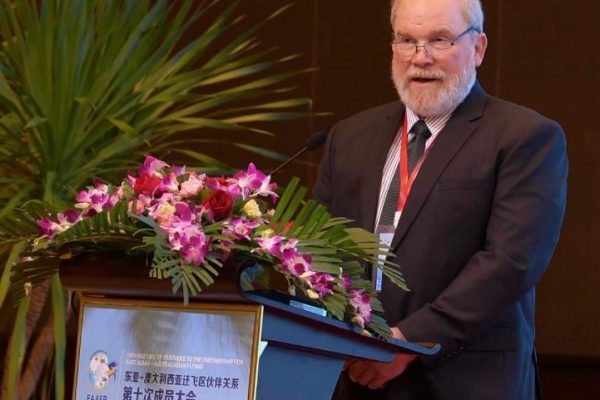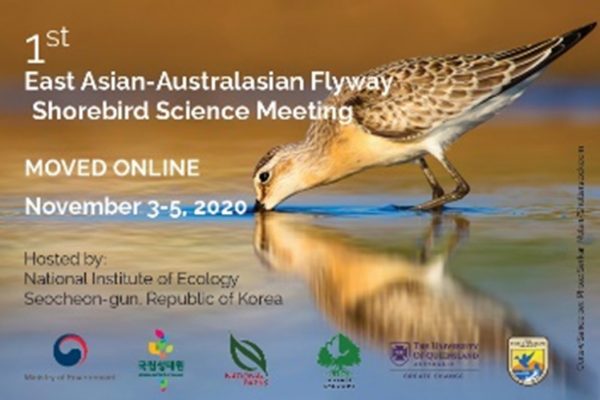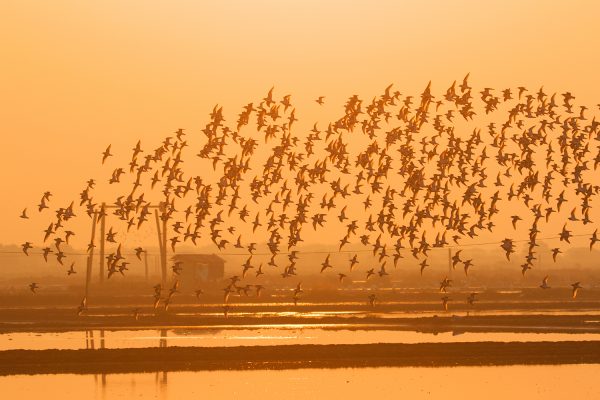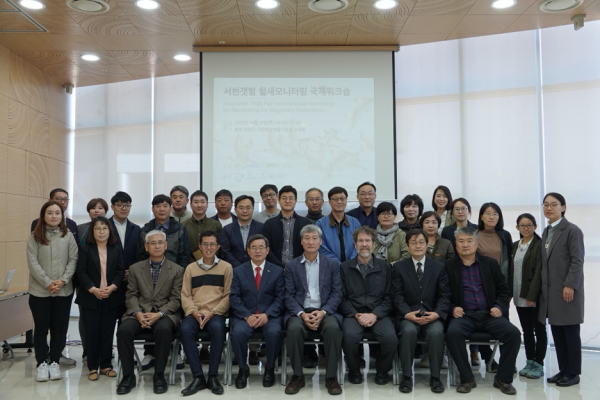-
EAAF Shorebird Tracking Group 1st Webinar
The EAAF Shorebird Tracking Group, established in 2021 following the 1st East Asian-Australasian Flyway Shorebird Science Meeting in 2020, held the first webinar on 13th April, 2021. It aims to gather scientists who are studying migratory shorebirds through tracking in the East Asian-Australasian Flyway. Four speakers from Alaska, China, Bangladesh and Australia shared their tracking […]
Continue reading -
How Can YOU be certified as a Professional Wetland Scientist?
The Society of Wetland Scientists Professional Certification Program (SWSPCP) was formed in 1994 to certify wetland professionals who meet the highest standards for education, experience, and ethics in the practice of wetland science. SWSPCP serves the public and governments’ need to identify qualified individuals to assess and manage wetland resources and provides a comparable professional […]
Continue reading -
EAAFP Sites
The East Asian–Australasian Flyway is one of the major flyways in the world which is home for approximately 50 million migratory waterbird species that rely on the wetland habitats. The Flyway stretches from Arctic Russia and Alaska of U.S.A., through East Asia and Southeast Asia, down to Australia and New Zealand. The EAAFP established the […]
Continue reading -
“Flyway: connecting people and migratory waterbirds” story series #8 – Mr. Pete Probasco, Immediate Past Chair of EAAFP
In the first Flyway story series in 2021, the Secretariat is honored to feature Mr. Pete Probasco. Until January 2021, Pete was the Chair of EAAFP and Representative of U.S.A. Pete has over 40 years of experiences of management on wetland-related work, especially in fisheries. In the past seven years, he had served the EAAFP […]
Continue reading -
Chair of EAAFP, Mr. Pete Probasco to step down
Mr. Pete Probasco, Representative of the U.S.A. Government and Chair of EAAFP, has stepped down after seven years of engagement with the EAAFP. Pete was first directly introduced to the EAAFP when the US Fisheries and Wildlife Service hosted EAAFP MoP 7 in Anchorage, Alaska in June 2013. For the past seven years, Mr. Probasco […]
Continue reading -
1st East Asian-Australasian Flyway Shorebird Science Meeting Report
Over 400 people from 39 countries/regions registered for the 1st East Asian-Australasian Flyway Shorebird Science Virtual Meeting (EAAFSSM) that took place from November 3rd to 5th, 2020. Participants joined live online discussions, workshops, 5 keynote talks and 80 presentations across 18 sessions that addressed a myriad of topics on shorebird research and conservation. Almost 100 […]
Continue reading -
Shorebird Working Group
Under the former Asia-Pacific Migratory Waterbird Conservation Strategies (1996 – 2000; 2001 – 2006), the Shorebird Working Group was established to implement the Shorebird Action Plans. This was effective in facilitating the collaboration of researchers, site managers and governments within the Flyway. A Shorebird Site Network of 48 sites was established and coordinated by a […]
Continue reading -
Seabird Working Group
Seabird Working Group Over 150 seabird species inhabit the EAAF, some of which have long trans-equatorial migration routes while others move at a smaller regional scale. Although some species have very large populations, many species are declining or are facing a high risk of extinction due to several ongoing threats at their breeding and wintering […]
Continue reading -
World Wetlands Day 2020 – Wetland Biodiversity Matters
Each year on 2nd February, people around the world celebrate World Wetlands Day, to mark the adoption of the Convention on Wetlands of International Importance (Ramsar Convention) in Ramsar, Iran, on 2 February 1971. It is a day to raise global awareness about the vital role of wetlands and the biodiversity they support. This year, […]
Continue reading -
Seocheon Tidal Flat International Workshop on Monitoring for Migratory Waterbirds, ROK
For the scientific approach to the conservation of migratory waterbirds, survey methodology for monitoring and capacity building for the surveyors are essential factors to make the scientific information credible and integrated. On the 31st of October, a workshop was held in Seocheon, Republic of Korea, to discuss the monitoring strategy and protocols on migratory waterbirds […]
Continue reading

